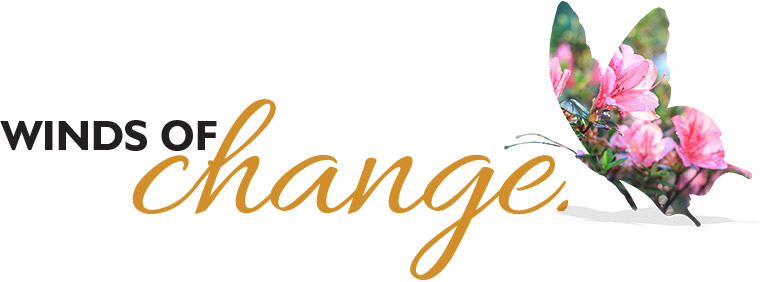February is an ideal time to begin preparing your landscaping for new growth by removing any freeze damage and reducing the size and shape of overgrown shrubs. Prewett, Read & Associates’ Maintenance Manager Jake Eiswirth shares tips to consider before you begin your spring cleaning and structural pruning!
- Gardening Tool Upkeep: Make sure clippers and pruners are sharp prior to any pruning to create a nice, clean cut on shrubs and trees.
- Love Your Roses: Valentine’s Day is a reminder to prune roses. Modern roses – such as hybrid teas, floribundas and miniatures – benefit from heavier pruning, while antique or old garden roses should only be trimmed to shape the plants. Prune repeat-blooming climbing roses while they’re dormant.
- Don’t Go Overboard: Go easy when pruning crape myrtles. Only prune crossing, damaged and dead branches and suckers from the trees to maintain a natural shape. If necessary, remove any branches smaller than a pencil. Also, we do not recommend topping the crape myrtle. The heads-high trunks are not only unsightly, they also are not healthy as the excessive pruning encourages vigorous but weak growth. Trees that don’t flower will likely need more sun, not more pruning.
- Prune While You Can See: It’s easier to determine how to shape a vitex, or chaste tree, while it doesn’t have leaves. You can prune your vitex into a multitrunked small tree if desired.
- Leave Your Azaleas Alone: Pruning azaleas or spring-flowering hydrangeas now means you won’t have spring blooms. Also, prune hibiscus to the green (live) wood, but only after the danger of frost is past.
- Pruning Perennials: Prune straggly perennials such as lantana, salvia and verbena, making sure to remove freeze damage resulting from this year’s winter and allow for early spring growth.

